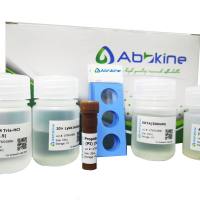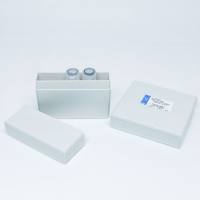Analysis of Recombinational Repair of DNA Double-Strand Breaks in Mammalian Cells With I-SceI Nuclease
互联网
互联网
相关产品推荐

AEN/AEN蛋白Recombinant Human Apoptosis-enhancing nuclease (AEN)重组蛋白Interferon-stimulated 20KDA exonuclease-like 1蛋白
¥1344

彗星法DNA损伤分析试剂盒(3孔载玻片)
¥1498

VIRE2/VIRE2蛋白Recombinant Agrobacterium fabrum Single-strand DNA-binding protein (virE2)重组蛋白63.5KDA virulence protein蛋白
¥2328

RAD23A/RAD23A蛋白Recombinant Human UV excision repair protein RAD23 homolog A (RAD23A) (T131A)重组蛋白UV excision repair protein RAD23 homolog A(HR23A)(hHR23A)蛋白
¥1344

SSC1抗体SSC1一抗抗体mitochondrial (Endonuclease SceI 75 kDa subunit) (Endo.SceI 75 kDa subunit) (mtHSP70) SSC1 ENS1 YJR045C J1639抗体SSC1 Antibody抗体
¥440
相关问答
推荐阅读
I-SceI-Based Assays to Examine Distinct Repair Outcomes of Mammalian Chromosomal Double Strand Breaks
Induction of DNA Double-Strand Breaks by Electroporation of Restriction Enzymes into Mammalian Cells
Analysis of DNA Double-Strand Break Repair by Nonhomologous End Joining in Cell-Free Extracts From Mammalian Cells

